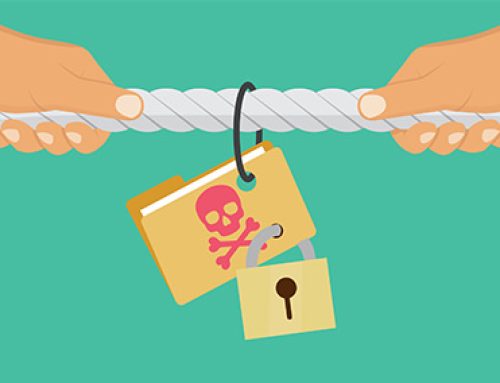As a data protection and disaster recovery vendor, Quorum is keen to understand how businesses of all shapes and sizes prepare for IT downtime. In the 2020 Quorum Disaster Recovery Survey, we seek to do just that. We analyzed 302 survey results from IT professionals ranging from IT Managers, IT Directors, CIO’s, and other related IT roles. Some of the results blew our mind.
From the results, we discovered 20 key findings on how businesses approach data backup and disaster recovery, which we’ve published in a whitepaper that you can download here. Unlike other survey reports, this report further analyzed the IT preparedness by industry and business size.
Below are 3 key findings from the report that we’d like to share with you here:
1. MORE THAN 72% OF BUSINESSES UNABLE TO MEET IT RECOVERY EXPECTATIONS
We’ve found a huge disconnect between expectation versus reality when it comes to IT recovery. In other words, most businesses are not meeting their Recovery Time Objective (RTO) or Recovery Point Objective (RPO).
This disconnect happens in these situations:
(1) A lack of communication between business leaders and IT leaders.
(2) The lack of a robust data protection and disaster recovery solution.
(3) A lack of IT resources in general where data protection is not a priority.
When a systemwide IT failure does occur, each minute costs the business $5,600, or over $300K per hour, according to Gartner. This cost of downtime can devastate businesses that are not prepared for a systemwide failure.
We cannot stress enough the importance of aligning business goals with IT capabilities. A lack of communication spells all kinds of potential problems, especially when data are lost and when IT experience technical problems. For IT leaders seeking to do this, one question to start engaging business leaders on this topic can be: “how long can the company work efficiently without access to your email?” If their answers are beyond the current IT capabilities, communicate that to them. The conversation should lead to more support for your data backup and disaster recovery initiatives.
2. DATA LOSS HAPPENS WITHOUT IT FAILURE
Most would think that the inability to recover from a systemwide IT failure is the main cause of data loss. According to our findings, that is not true.
We’ve found that of those who suffered data loss, 62% of them did NOT have a major IT failure in the past 2 years. This highlights the importance of your data protection solution’s system reliability, a key advantage that Quorum prides on.
As you’ll see in the report, natural disasters ranked down at number 4 out of 10 when it comes to circumstances where IT disaster recovery plan was executed. The top circumstances were computer system failure, power issues, and external computer threats (like virus or ransomware).
At Quorum, we foresee these top three circumstances to show continued growth, resulting in more frequent IT downtimes. In the summer of 2020, we’ve seen parts of California experiencing major power outages due to a surge in power demand due to a heatwave. With growing population and power demand, we see an exacerbation of the power shortage problem as demand for power outgrow the supply.
As for external computer threats, ransomware attacks were already rising steadily, according to the New York Times. When the pandemic hit, Skybox Security found a 72% ransomware growth. As our everyday behavior, whether personal or business, are shifting more online due to the pandemic, we expect external computer threats to become ever more prevalent.
3. NON-IT EXECUTIVES SHARE THE BLAME
We found that in some organizations, non-IT executives will also be held accountable when critical data could not be recovered. For other companies, it’s not just non-IT executives, but also compliance officer, enterprise architects, front-line IT staff, and other roles depending on the type of data that was lost.
When evaluating and implementing a disaster recovery solution, it is important to get all executives on the same page, especially the non-IT executives that will also be held accountable. Not only will doing so align business expectations with IT reality to meet your RTO and RPO objectives, the executives will also be aware of the potential risks so they can prepare for the worst-case scenario themselves.
Further, once the executives understood the importance and risks, they are more likely to support minor disruptions when the IT department performs disaster recovery testing.
SEE THE FULL SURVEY FINDINGS
To see all of the 20 key findings from the survey, download the whitepaper here. Some of the other valuable information you’ll find in this report include answers to:
- Under what circumstances were IT disaster recovery plans executed?
- How often do you test your disaster recovery plan?
- Have you had a major IT failure in the past 2 years?
- Have you experienced data loss in the past 2 years?
- How much time is needed to recover all IT operations after a major IT failure?
- What is the acceptable level of IT downtime?
Again, unlike other survey reports, key findings from the survey results are further broken down by industry and business size to help you see how you compare with your peers.
If you’re worried about a devastating IT downtime or your ability to recover files and avoid data loss, schedule a demo with Quorum today to see how we can help.





